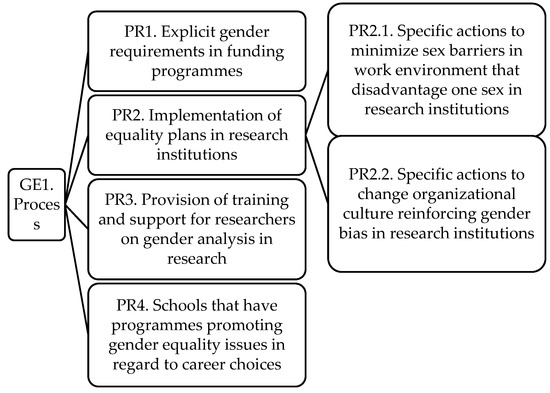Anne Roe Career Development Theory Pdf Merge

Theories of Career Development. A Comparison of the. Roe's personality theory, (2) Holland's career typology theory, (3) the Ginzberg.
Pathways.pdf - In this workshop, you will learn how to use FOCUS 2-an online career planning system to help identify the career that best fits your interests, values, and skills. Download our anne roe career theory pdf eBooks for free and learn more about anne roe career theory pdf. These books contain exercises and tutorials to improve your practical skills, at all levels!
Ann Roe’s Theory focuses on the relationship between occupational choice and personality. In 1990 Roe and Lunnburg describe it as view of individual differences and their relationship to vocational choice and behaviour. Roe liked Maslow’s hypothesis about hierarchy of human needs. There is no single situation that is potentially so capable of giving some satisfaction of all levels of basic needs as the occupation.
Roe saw the interaction of heredity and environment as important in causing a child to develop a person or non-person orientation and to leave an individual to selection an occupation that requires either high or low-level of interaction with others. Ann Roe Theory of Career Choice and Development This theory has been summarized by others like Ospow and Walsh; 1. Limits of potential development are set by genetic inheritance including intellectual abilities, temperament, interest and abilities.
General cultural background and socio-economic status of the family affect a unique individual experience. Individual experience this governed by involuntary attention which determine the pattern of developments of interests, attitudes, and other personality variables that have not been genetically controlled: a. Early satisfactions and frustrations resulting from the family situation, particularly relations with parents, that is over protectiveness, avoidance or acceptance of the child. Degrees of needs satisfaction determine the personality of which is the hierarchy of Maslow (1948), such needs will become the strongest motivators 4. The eventual pattern of psychic energies that is attention directed is the major determinant of interests. The intensity with which an individual feels, needs the individual feels the need and the satisfaction of the needs determine the degree of motivation to accomplish.
She was dissatisfied with available classification of occupations and she developed a list of eight occupational groups each group was divided into six levels of responsibility, capability and skill needed to perform on each level. She proposed that interest and personality variables are determined by individual experience through which involuntary attention becomes channel in particular directions. The elements in any situation to which one gives automatic or effortless attention are keys to the dynamics of behaviour. Our attention is focus on our needs which are formed by the patterning of our early satisfactions and frustrations.
Some needs could become our strongest motivation but the nature of the motivation may be unconscious. Following Maslow’s hierarchy of needs Roe proposed seven needs: 1.
Physiological needs 2. Sam And Cat. Safety needs 3. Need for belongingness and love 4. Need for importance, respect, self-esteem and independence 5. Need for Need for information 6. Need for beauty 7. Need for self-actualization Possible variations of need patterns include the following; 1.
Needs satisfied routinely do not become unconscious motivators. Needs which are minimally satisfied will, of lower order, prevent the appearance of higher needs will become dominant motivators. Needs which are satisfied, but only after some delay, will become unconscious and motivator depending on the degree of satisfaction felt.
Another thing Roe proposed that the emotional climate in the home that is the relationship between parent and child can be a determining factor in the career choice and development. They can be one the tree types: Emotional concentration on the child Over protective (Warm: Indulgent) and over demanding (cold: push to achieve high standards ) Avoidance of the child Rejection(cold: hostile, critical) or neglect(minimum of care, lack of affection) Acceptance of the child Express casually (indulgent, few rules mildly affectionate)or lovingly(warm, helpful, loving attention) Roe gave basic orientation that is toward or away from other person which are related to early childhood experiences which in turn related to occupational choice. She theorized that warm and accepting parents, makes the person to want an occupation which is oriented toward people and will fill the need for belongingness and affection. A person who had cold and rejecting parents will prefer to work alone. She admitted though that there are other influences on occupational choice, including genetic influences and environmental experiences.